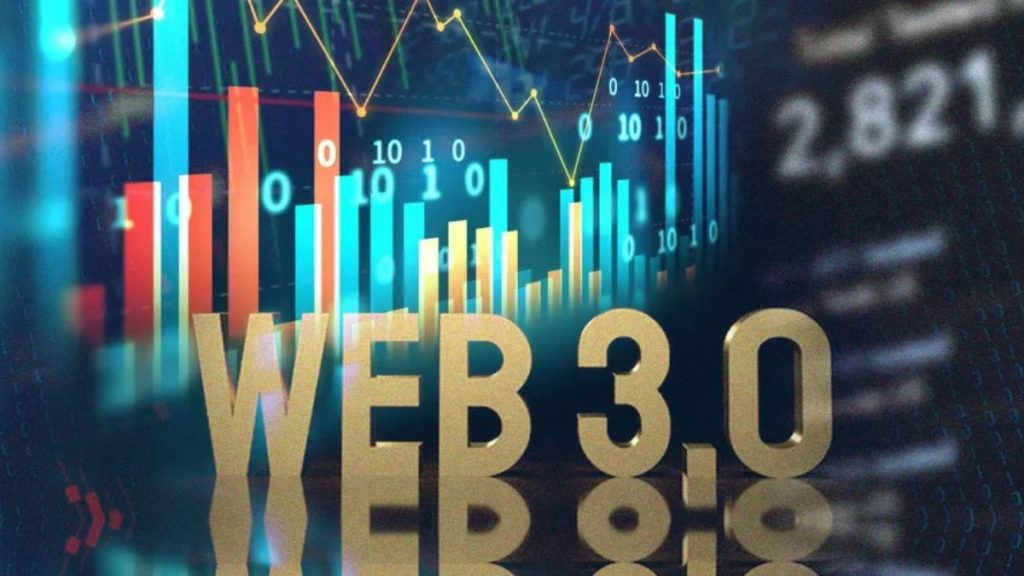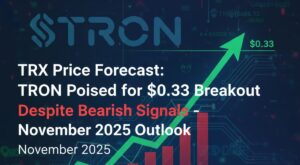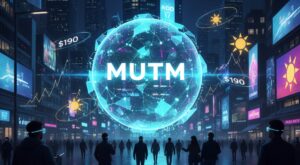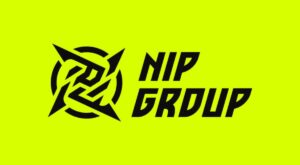Disruptive technologies have characterised the past decade. From the rise of blockchain to the popularity of NFTs, the tech industry has been booming with innovations. However, in recent years, two technologies have primarily been at the centre of attention: web 3.0 and the Metaverse. Conversations on the immense potential of web 3.0 and the Metaverse have significantly increased, with many suggesting that these technologies may be the next big thing after blockchain.
However, while these technologies have different use cases, they are similar in some respects. This article will discuss the intricacies of web 3.0 and the Metaverse and the relationship between both technologies.
What is Web 3.0?
As the name implies, Web 3.0 is the third iteration of the internet. It involves a decentralised web version supported by blockchain technology. Because Web 3.0 will be decentralised, consumers will have more power over the content direction. Thus, consumers can vote on vital issues like data ownership and incentives for creators.
Features of Web 3.0
In contrast to current web services, web 3.0 will provide novel features. Some of these features include:
Blockchain Technology and Cryptocurrency:
Blockchain is widely known for its decentralisation. Since web 3.0 is inherently decentralised, it is unsurprising that blockchain technology is its primary enabler. More importantly, Web 3.0 transactions will be facilitated with cryptocurrencies.
Edge Computing:
Web 3.0 will involve volumes of data under a highly connected infrastructure. Due to this high data volume, web 3.0 will require a connection that processes data closer to the source. Edge computing is currently the only network infrastructure that can pull this off. This is why it is vital to the deployment of web 3.0.
What is the Metaverse?
The Metaverse is simply a virtual version of the physical world. It is a virtual platform where humans can interact, buy land, and conduct business. However, users need to utilise specialised hardware like Virtual Reality (VR) headsets and metaverse-optimised Graphics Processing Units (GPUs) to access the Metaverse.
The concept of the Metaverse has gained traction in recent years. Companies like Burberry, Louis Vuitton, JP Morgan, and HSBC have obtained spaces to conduct business in the Metaverse.
The Convergence
While the Metaverse and web 3.0 have different use cases, they also have some similarities. First, both technologies will require edge computing. This is because, like web 3.0, the Metaverse requires a high response time and low latency that only edge computing can provide.
Another similarity is that Web 3.0 will power the Metaverse. Upon fully adopting Web 3.0, users will leverage the technology to access the Metaverse.
The Metaverse and web 3.0 offer the promise of novel experiences for users. Users curious about the dynamics of both technologies can attend GITEX 2022 for more information. The event’s X-Verse program will provide visitors with an immersive experience of both Web 3.0 and the Metaverse.




























